Some readers here may recall from my past writings that I’ve long been a fan of Plangent Processes’ audio restoration technology. Used and endorsed by artists like Bruce Springsteen, The Who, and The Grateful Dead—along with early support from the late, great producer Phil Ramone—Plangent has earned its reputation for precision. Now, that same technology has been applied to one of the most iconic Bossa Nova/Jazz recordings ever made: Getz/Gilberto by Stan Getz and João Gilberto.
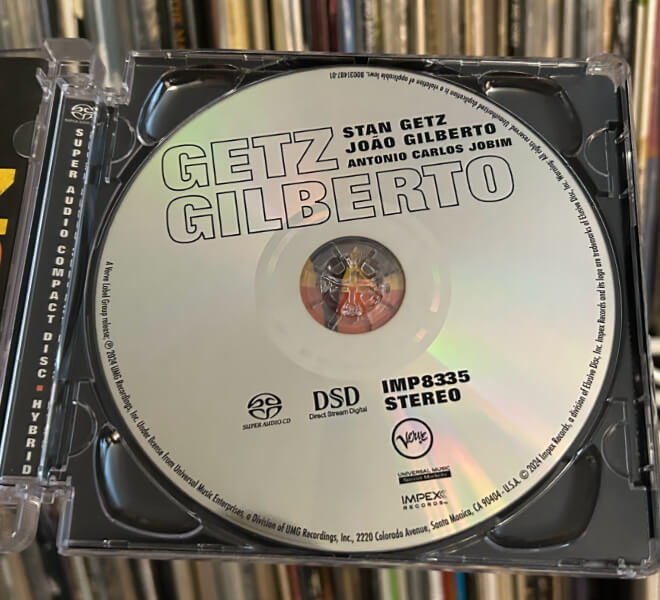
According to IMPEX Records, this new SACD offers two complete versions of the album on a single disc:
- A 1STEP analog master tape-to-DSD transfer by Bernie Grundman
- A brand-new restoration by Jamie Howarth using Plangent Processes, which corrects speed anomalies and tape damage without affecting the sonic integrity of the original recording.
At first, I was surprised to hear that this album—long praised for its smooth, mellow production—had any technical issues at all. I’ve enjoyed the recent Verve/Acoustic Sounds vinyl reissue, which I found to be a clear improvement over older LPs in my collection. But the idea that the original tapes might hide flaws beneath the album’s famously hushed, Brazilian atmosphere? That hadn’t crossed my mind.

Within moments of listening to this new SACD, however, the differences became clear. Let’s take “Corcovado” as a reference point. On the DSD version (and even on my Verve/Acoustic Sounds LP), there’s a noticeable dropout at the beginning and a fair amount of pitch instability in the piano throughout the track. Interestingly, that same dropout is not present on my 1997 20-bit CD version, suggesting that the damage occurred in the last couple of decades.
On all non-Plangent versions I’ve heard, there’s also a persistent fuzziness in the bass. For years, I chalked it up to the limitations of the original recording. I tried listening to this new SACD on different systems (I have two in my home) thinking one of my speakers was perhaps failing on me. Nope—turns out it was the tape. On the Plangent-restored version, that fuzzy distortion is gone, the bass is clearer, and the opening dropout is barely noticeable. The piano, too, is more stable and tonally grounded.
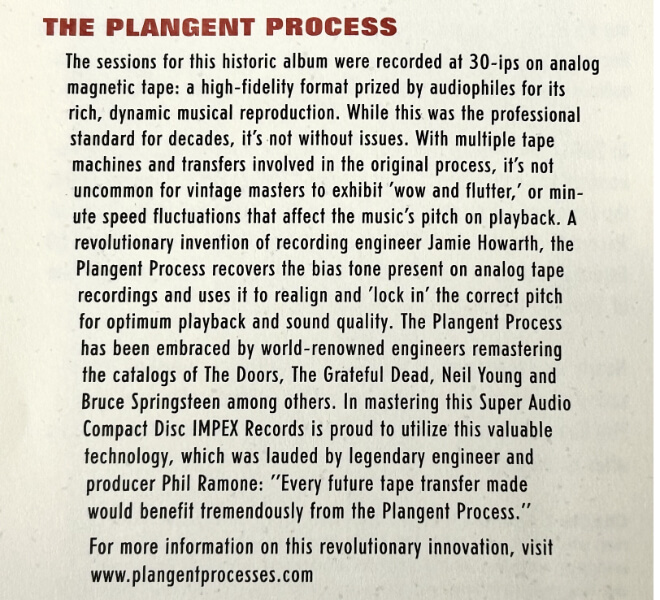
Even a 1960s LP pressing I own—where the bass sounds more compressed—reveals that same periodic distortion once you start listening for it. You can’t un-hear it once you start listening for it. Plangent’s restoration doesn’t just clean things up—it offers a clearer, more authentic window into the original session.
Across the Plangent-restored version of Getz/Gilberto, Stan Getz’s saxophone sounds noticeably smoother and more refined—less grainy than on any of the analog versions I’ve heard. But the real revelation might be the improved sense of timing and cohesion — tempo and tightness of all of the performances — throughout the entire album. It feels more fluid now. That was something I first noticed years ago on early Bruce Springsteen restorations Plangent worked on, and it’s clearly at play here too.
Instrumental realism is another big win. The piano, in particular, benefits immensely. On other versions it often came across as a bit “rinky-dink” or even slightly wobbly. Again, now it feels more stable.
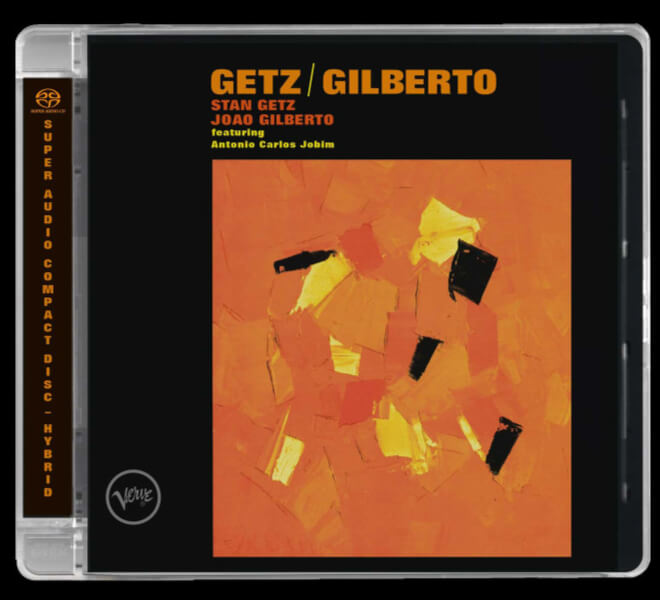
But these examples are just the beginning. There’s much more to be heard across the disc as you compare and contrast. At around $35 from retailers like Elusive Disc and Music Direct, this new IMPEX SACD is a no-brainer for fans of the album. It’s not only an essential upgrade, it’s likely to become my go-to copy for casual listening and critical evaluation. I wouldn’t be surprised to see this new edition become a favorite demo disc among audiophiles and jazz fans alike.
Where to buy: $39.99 at Amazon
Mark Smotroff is a lifelong music collector and audiophile who has also worked in entertainment-focused marketing for companies like DTS and Sega. He reviews vinyl for Analog Planet and has contributed to Audiophile Review, Sound & Vision, Mix, EQ, and others. You can find more about him on LinkedIn.
Related Reading:

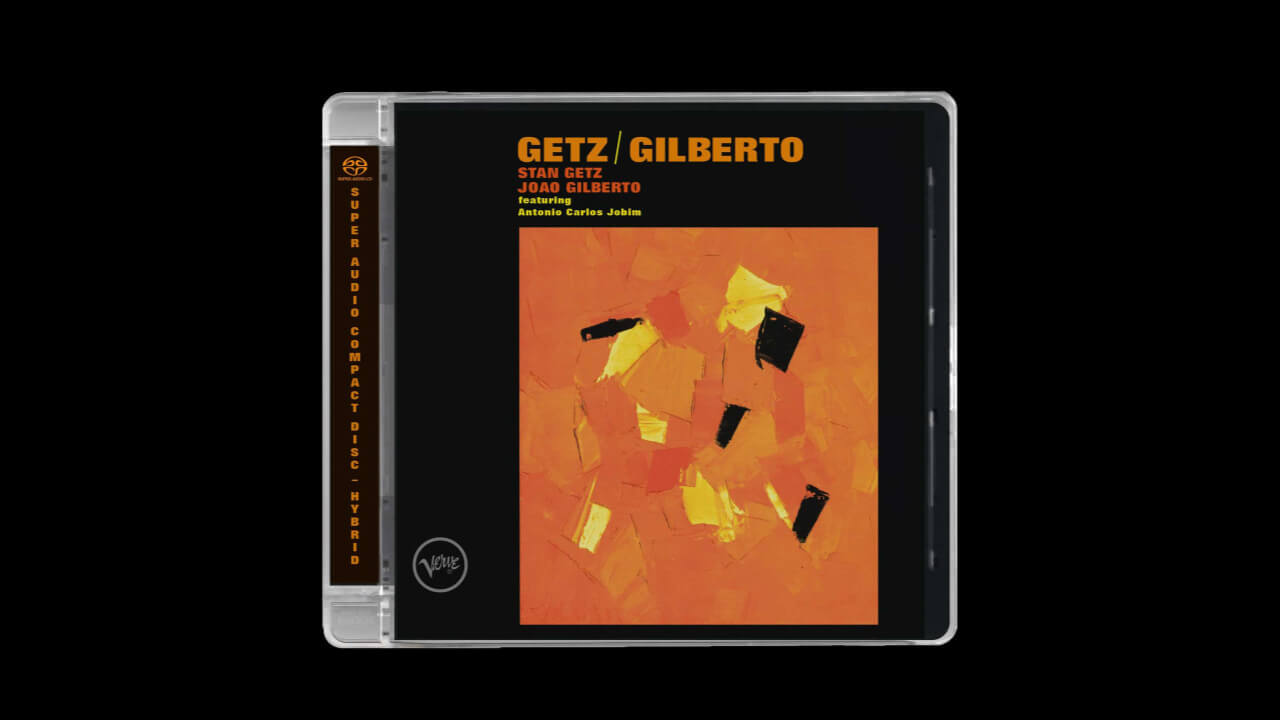










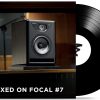












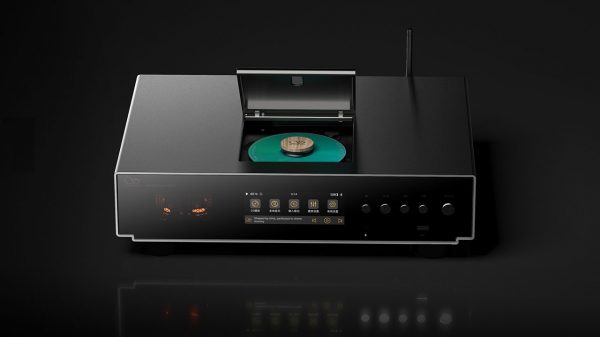
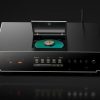
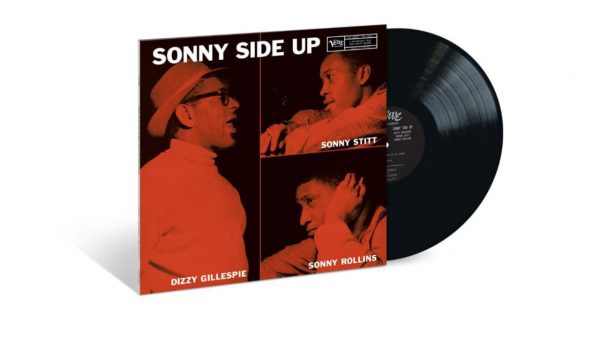


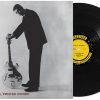
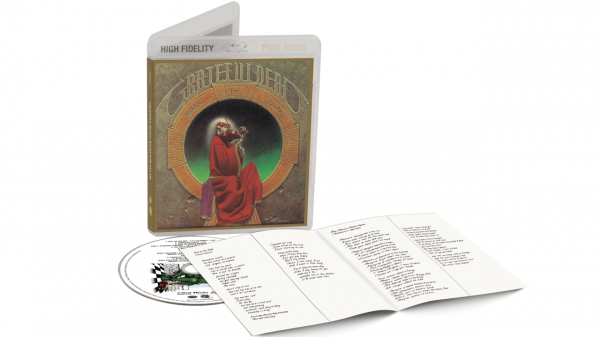

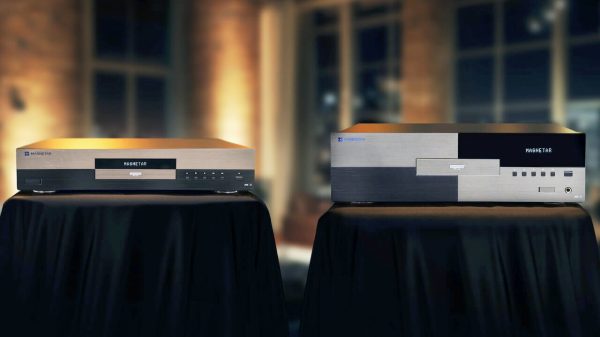




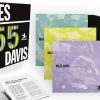
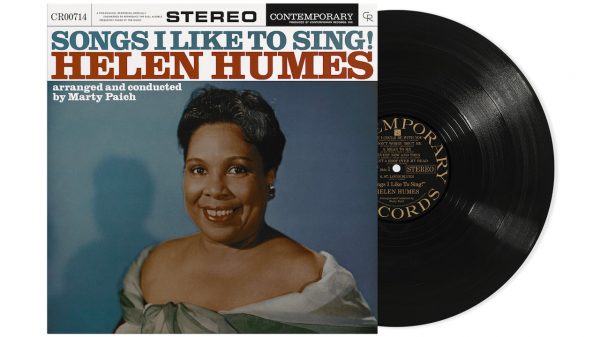












Smafdy Assmilk
October 11, 2025 at 5:00 pm
The 1997 SACD without the dropout was a remix. The multitrack is fine. It’s the stereo master that has the damage.
The Impex version is outstanding. I agree. It is my casual *and* critical listening version now.